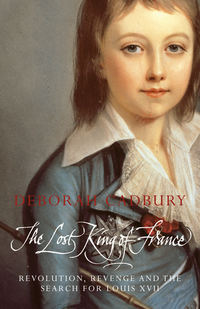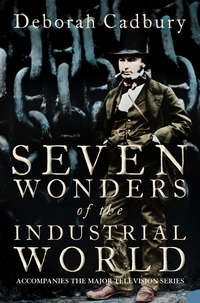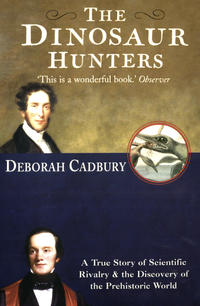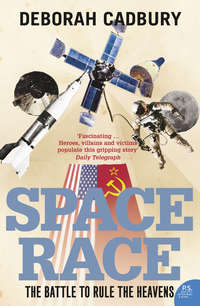Chocolate Wars: From Cadbury to Kraft: 200 years of Sweet Success and Bitter Rivalry
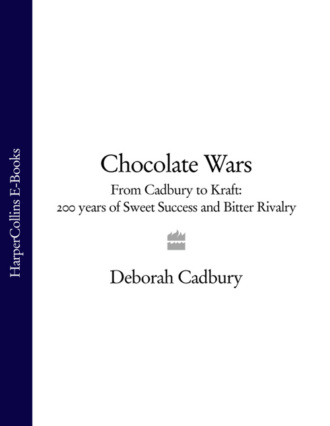
Полная версия
Chocolate Wars: From Cadbury to Kraft: 200 years of Sweet Success and Bitter Rivalry
Язык: Английский
Год издания: 2019
Добавлена:
Настройки чтения
Размер шрифта
Высота строк
Поля
Конец ознакомительного фрагмента
Купить и скачать всю книгу

